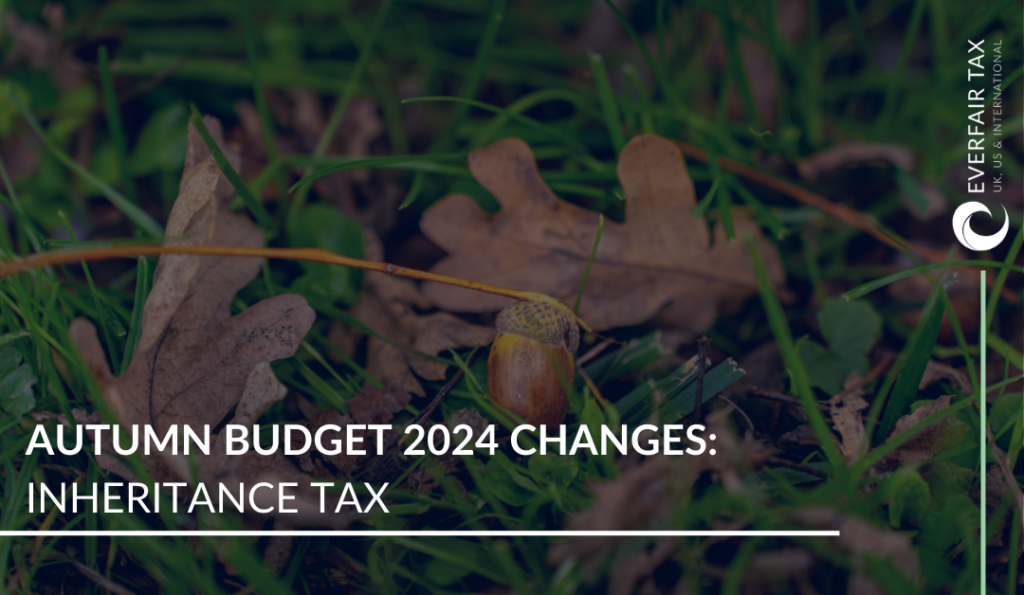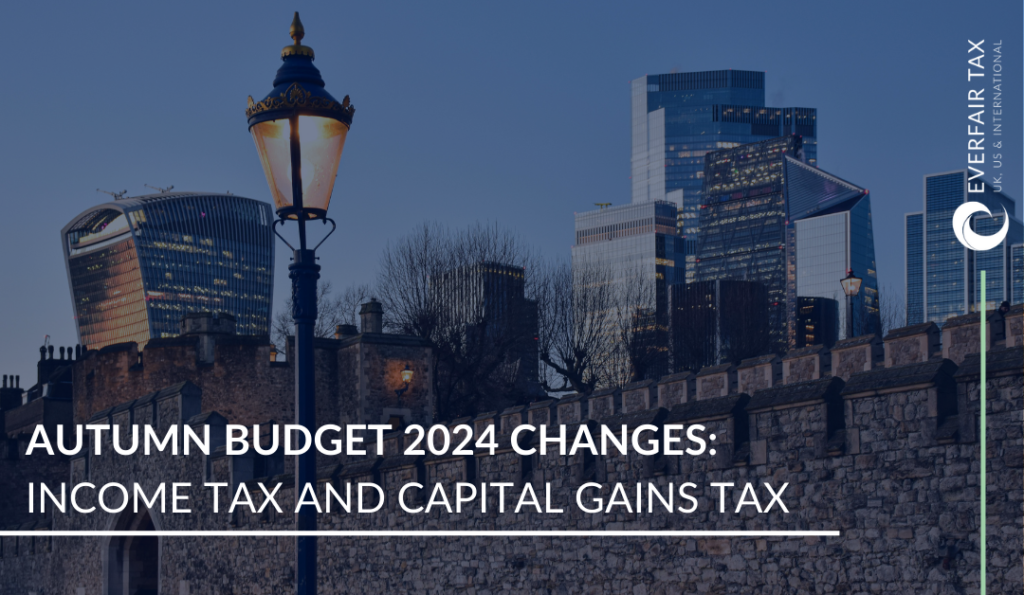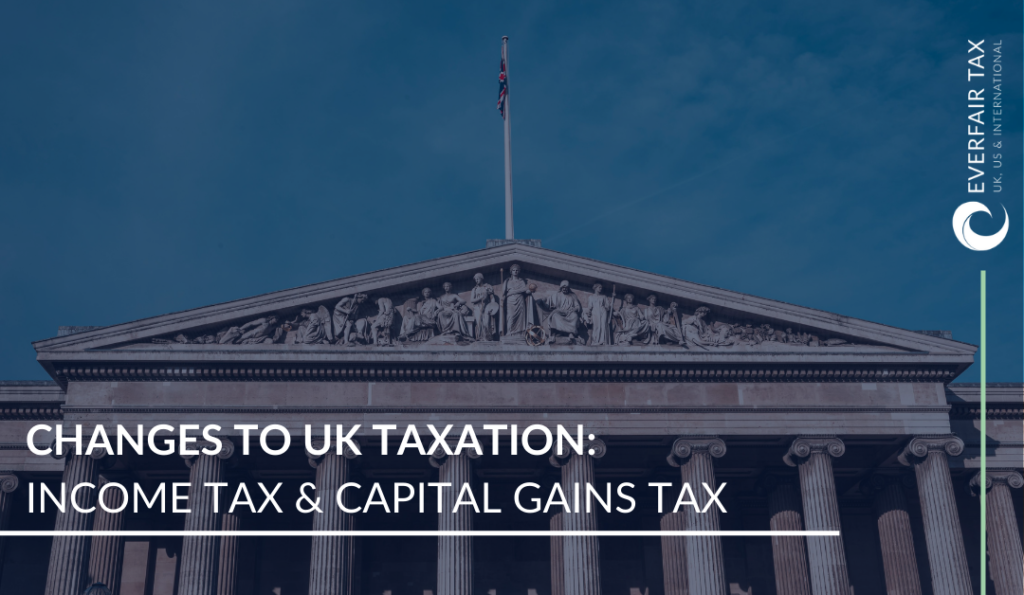Introduction
One of the most crucial aspects of retirement planning is ensuring tax efficiency. Tax-efficient strategies can significantly enhance retirement savings, providing more financial security during retirement years. This article delves into tax-efficient retirement planning strategies for individuals in the United States and the United Kingdom.

Tax-Efficient Strategies in the US
1. Maximizing Contributions to Tax-Advantaged Accounts
401(k) Plans:
- Employer-Sponsored Plans: Contributing to a 401(k) plan allows for pre-tax contributions, which reduce taxable income. For 2025, the contribution limit is $23,500, with an additional catch-up contribution of $7,500 for those aged 50 and older.
- Roth 401(k): Post-tax contributions are made, but withdrawals during retirement are tax-free, provided certain conditions are met.
IRAs (Individual Retirement Accounts):
- Traditional IRA: Contributions may be tax-deductible, and investments grow tax-deferred. The 2025 contribution limit is $7,000, with a $1,000 catch-up contribution for individuals 50 and older.
- Roth IRA: Contributions are made with after-tax dollars, but qualified distributions are tax-free. There are income limits for contributions, making it crucial to plan accordingly.
2. Health Savings Accounts (HSAs)
HSAs are triple tax-advantaged accounts that can be used for medical expenses. Contributions are tax-deductible, growth is tax-free, and withdrawals for qualified medical expenses are also tax-free. The 2025 limits for HSAs are $4,300 for individuals and $8,550 for families. Post-65, HSAs can be used for non-medical expenses without penalty, but they will be taxed as income.
3. Tax-Efficient Withdrawal Strategies
Roth Conversion:
- Gradually converting a traditional IRA to a Roth IRA can spread the tax burden over several years, potentially lowering the overall tax rate during retirement.
Required Minimum Distributions (RMDs):
- Starting at age 73, retirees must take RMDs from their traditional IRAs and 401(k)s. Planning withdrawals in a tax-efficient manner can help manage tax liabilities.
Tax-Efficient Strategies in the UK
1. Maximizing Contributions to Tax-Advantaged Accounts
Pension Contributions:
- Personal Pensions: Contributions are tax-deductible, and investments grow tax-free. In the fiscal years for 2024/25 and 2025/26, the annual allowance is £60,000, with potential carry forward of unused allowances from the previous three years.
- Workplace Pensions: Employer contributions are often matched, providing a significant boost to retirement savings.
Individual Savings Accounts (ISAs):
- Contributions to ISAs are made with after-tax income, but all growth and withdrawals are tax-free. The annual ISA limit for the fiscal year 2024/25 and 2025/26 is £20,000.
2. National Insurance and State Pension
Understanding how National Insurance contributions affect State Pension entitlements is vital. Ensuring sufficient qualifying years can maximise the State Pension amount, providing a foundational income during retirement.
3. Tax-Efficient Withdrawal Strategies
Drawdown Strategy:
- Tax-Free Lump Sum: Up to 25% of the pension pot can be taken as a tax-free lump sum.
- Flexi-Access Drawdown: Allows for flexible withdrawals from the remaining pension pot. Managing the drawdown amounts can help stay within lower tax brackets.
Annuities:
- Annuities can provide a guaranteed income for life, and their taxation depends on the type of annuity purchased. They can be a tax-efficient way to manage longevity risk.
Cross-Border Considerations
For individuals with ties to both the US and the UK, cross-border retirement planning is complex. Double taxation treaties and understanding the interaction between US and UK tax laws are crucial. Seeking advice from a tax advisor familiar with both jurisdictions can optimise tax efficiency and ensure compliance with both tax systems.
Conclusion
By leveraging the specific tax benefits in the US and UK, individuals can enhance their retirement savings and reduce their tax liabilities, ensuring a more secure financial future. Effective retirement planning requires a deep understanding of available tax-advantaged accounts, strategic contributions, and withdrawals. If you need any assistance with this, do get in touch.








